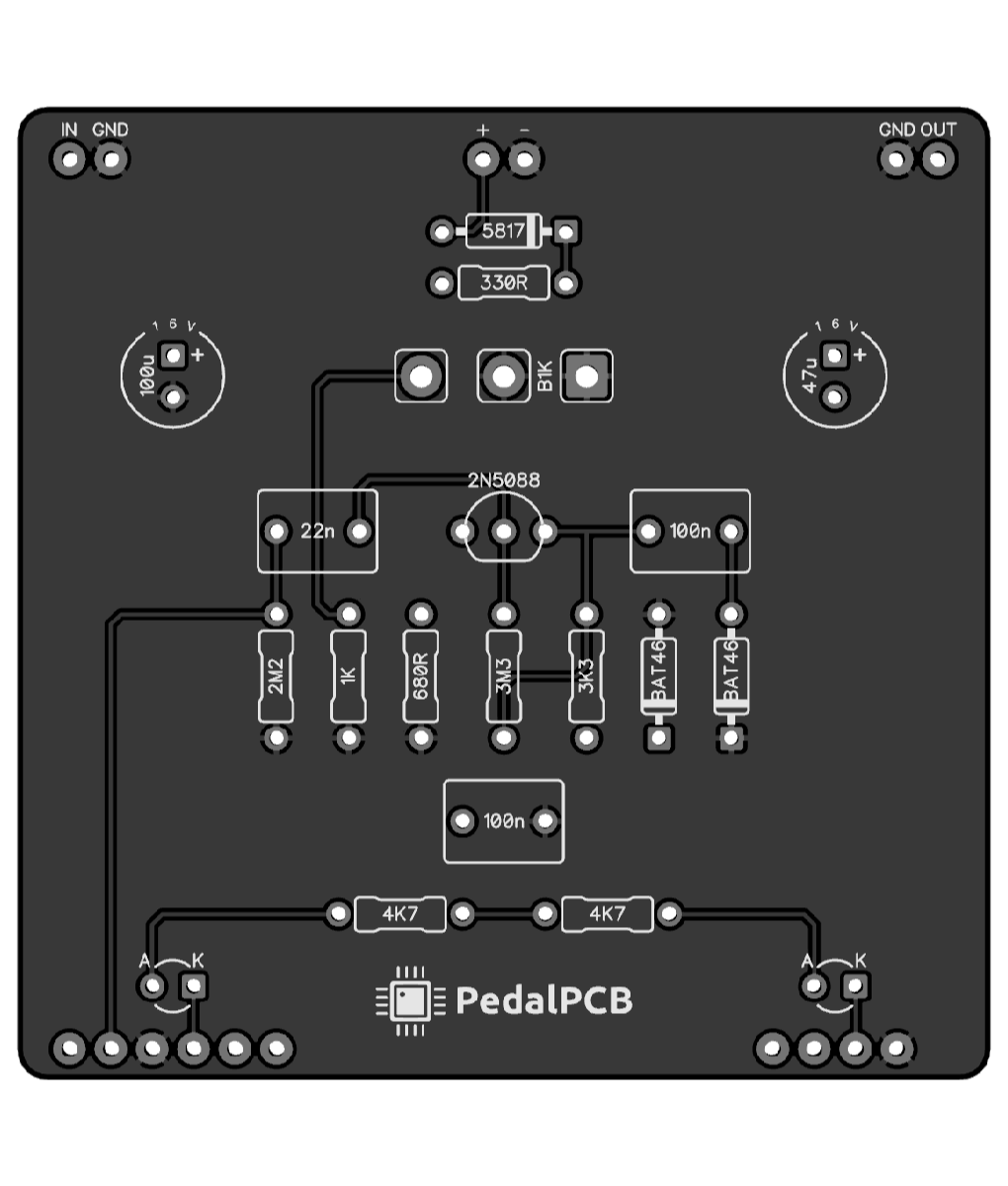Caldo71
Active member
I feel like I should know this already, 2 years into this obsession…
On most pedalpcb build documentation—or even if not, it can be inferred by the size of the component outline silkscreened onto the actual PCB—there is indication of whether one should use a 7mm x 2mm film cap, or the bigger 7mm x 5mm kind.
What is not USUALLY in the notes column (sometimes I HAVE seen it but not usually) is WHY that size?
Am I supposed to infer from the larger cap size suggestions that those need caps with higher voltage handling? Tighter tolerances? Something else?
If it’s the first thing (voltage) what is the negative effect if one uses a wee cap instead? How will that manifest in terms of issues with tone or performance?
Help me understand! Thanks!
On most pedalpcb build documentation—or even if not, it can be inferred by the size of the component outline silkscreened onto the actual PCB—there is indication of whether one should use a 7mm x 2mm film cap, or the bigger 7mm x 5mm kind.
What is not USUALLY in the notes column (sometimes I HAVE seen it but not usually) is WHY that size?
Am I supposed to infer from the larger cap size suggestions that those need caps with higher voltage handling? Tighter tolerances? Something else?
If it’s the first thing (voltage) what is the negative effect if one uses a wee cap instead? How will that manifest in terms of issues with tone or performance?
Help me understand! Thanks!




